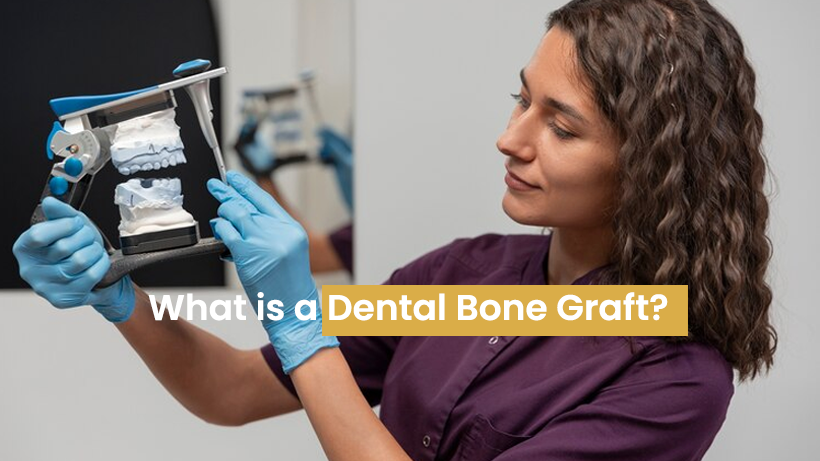
The area of dental medicine has noted the important role of bone grafts in helping with oral care, especially in situations where jawbone loss has affected dental health.
Table of Contents
ToggleIntroduction to Dental Bone Grafts
A dental bone graft is a surgical procedure that aims to increase bone density and size, allowing for the placement of dental implants and better overall oral function. Bone loss can happen for several reasons, like gum disease, injuries, or tooth removal, which can create both cosmetic and functional issues for patients.
The process usually includes moving bone tissue, which can come from the patient themselves (autograft), a donor (allograft), or made from synthetic materials (alloplastic graft). Each type of graft has different benefits and considerations, which can notably influence recovery times and patient results. Knowing the basics of dental bone grafts is crucial since they are key to successful dental work and enhancing patients’ lives in the field of dental care.
Types of Dental Bone Grafts
Knowing the different kinds of dental bone grafts is important for patients who want dental restoration treatments.
Dental bone grafts can be grouped into three types: autografts, allografts, and alloplasts.
- Autografts use the patient’s bone tissue, usually taken from places like the hip or jaw. This method has the benefit of being well-matched to the patient and has a low risk of rejection.
- Allografts come from deceased donors, with the bone being processed and sterilized to lower the chance of disease. This makes them a useful option when getting autografts isn’t practical.
- Alloplasts are made of synthetic materials, such as ceramics or polymers, that are made to imitate natural bone.
Each type has specific advantages and drawbacks related to how long healing takes, how well the graft integrates, and possible complications. So, picking the right kind of graft is important for successful dental implants surgeries and overall patient results, underscoring the need for personalized treatment plans in dentistry. Find more by contacting the best cosmetic dentist.
The Procedure and Benefits of Dental Bone Grafting
Dental bone grafting is an important procedure used to increase bone strength and size in parts of the jaw that might be weak due to losing teeth, an injury, or gum disease. The process usually starts with a detailed check of the patient’s oral health, then choosing an appropriate graft material, which may come from the patient, a donor, or be made in a lab.
During the procedure, the graft material is carefully placed where there is not enough bone, helping new bone to grow in a way called osseointegration. This method not only supports future dental implants but also improves overall oral health, lowering the chances of issues linked to bone loss like problems with bite alignment and more dental damage.
If the graft integrates well, it can offer a better appearance and function of the jaw, making it a helpful option for those needing dental care.
Conclusion
Dental bone grafting is important in modern dentistry, giving a strong option for patients with tooth loss or jawbone problems. The procedure helps make the jawbone structure and density better, and it allows for the good placement of dental implants, which helps with both function and appearance.
Patients who have this treatment can see better oral health, which means improved chewing and an increase in self-esteem. Also, new techniques in grafting, like using synthetic materials and tissue engineering, keep improving how well and safely the procedure works.
As dental professionals work to meet their patients’ changing needs, knowing the details of bone grafts dental is key to providing complete care. If you are looking for a professional dental bone grafting service, visit Sherman Oaks Smile Studio for expert care.
